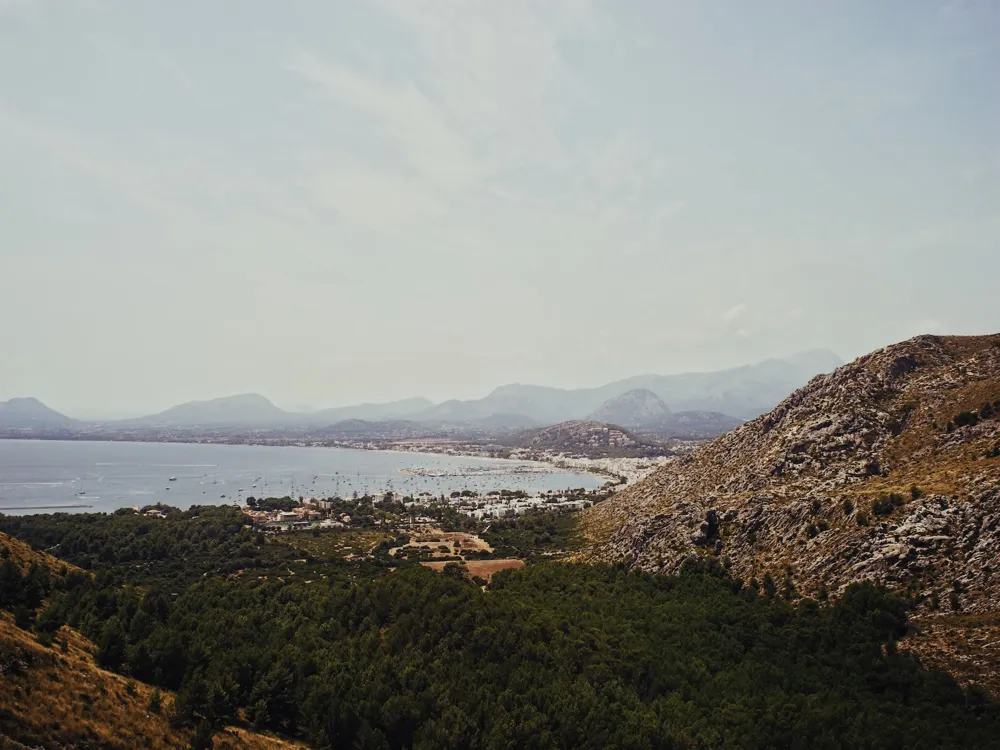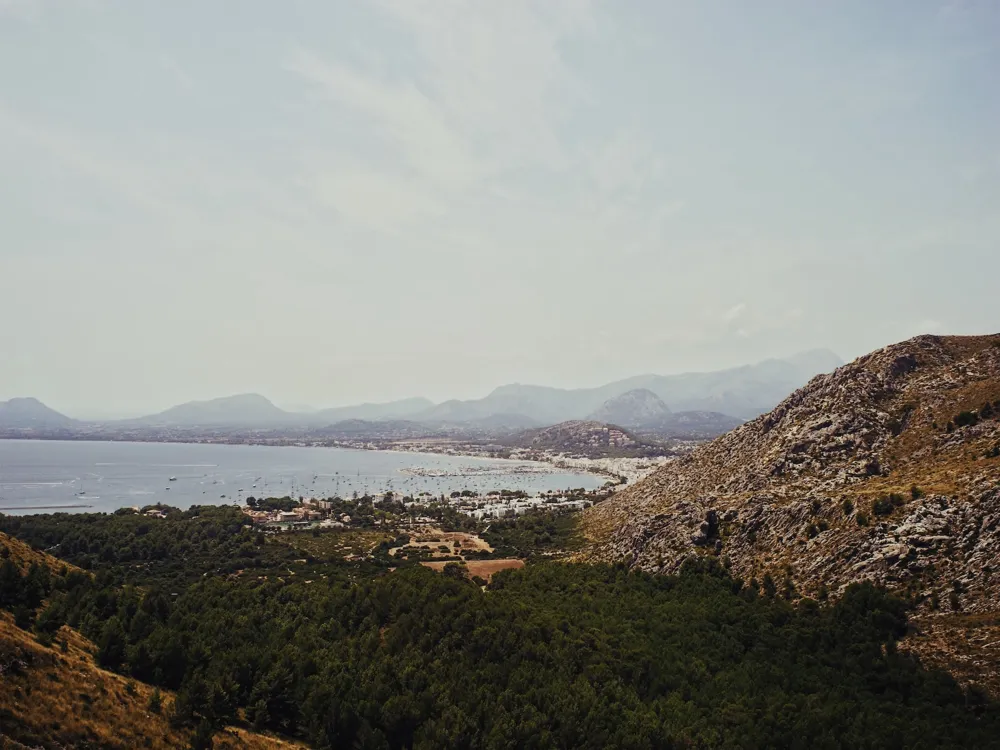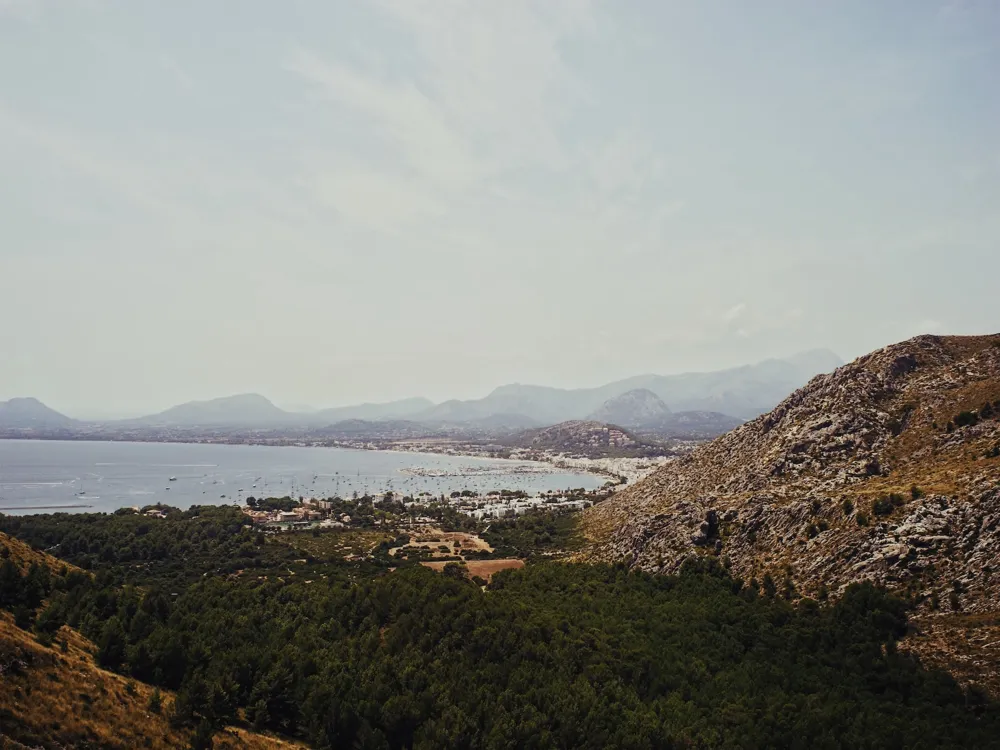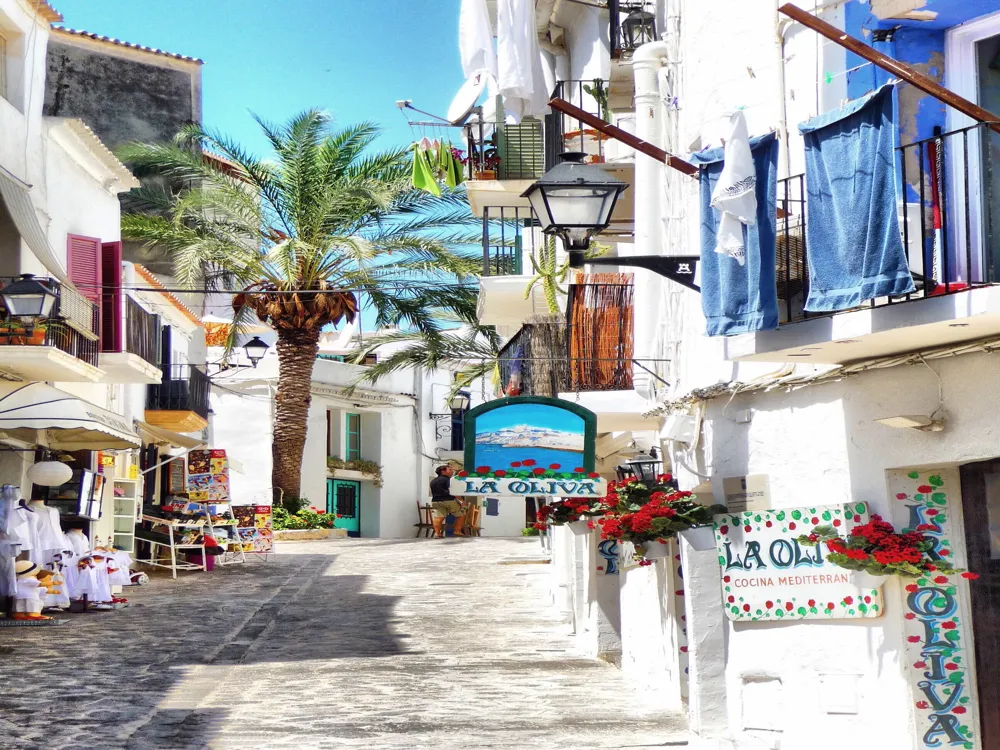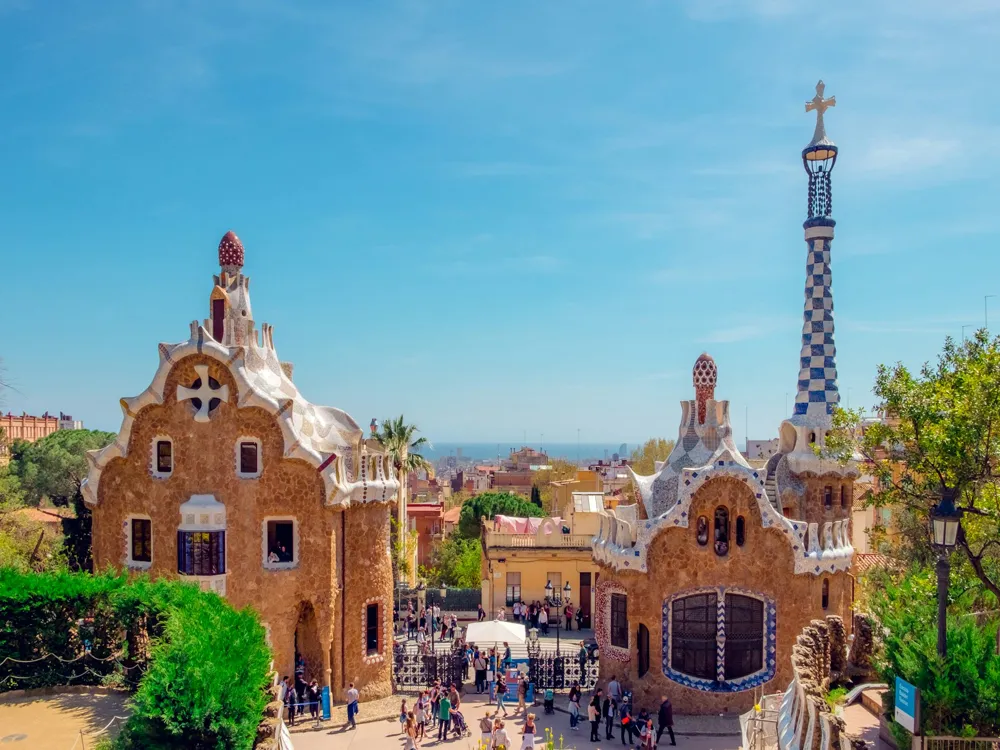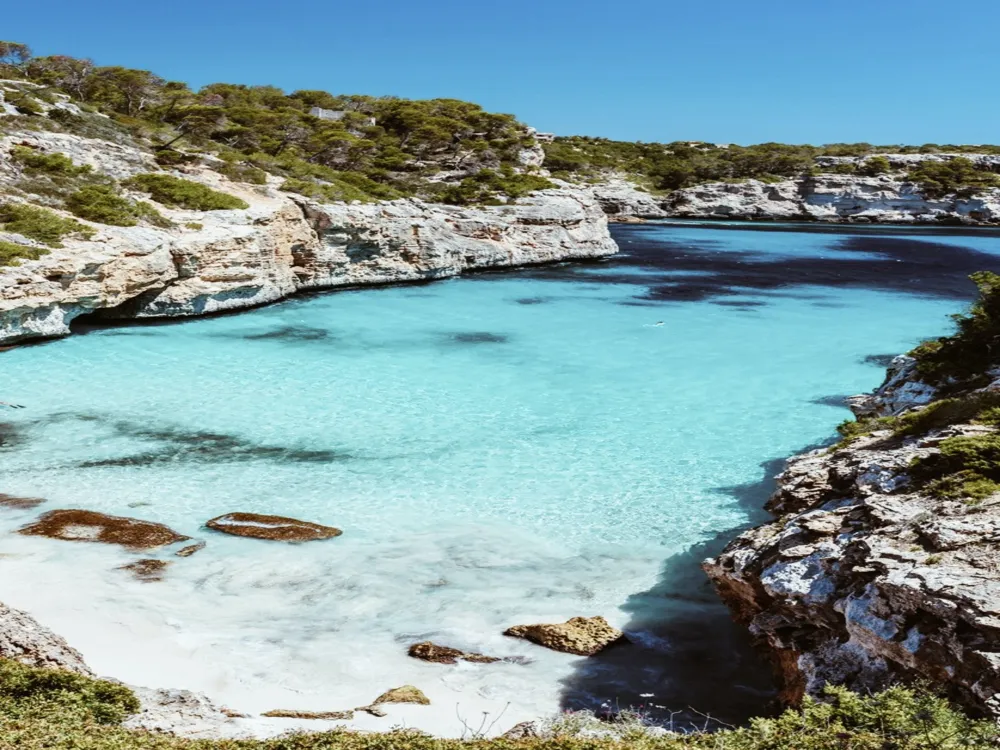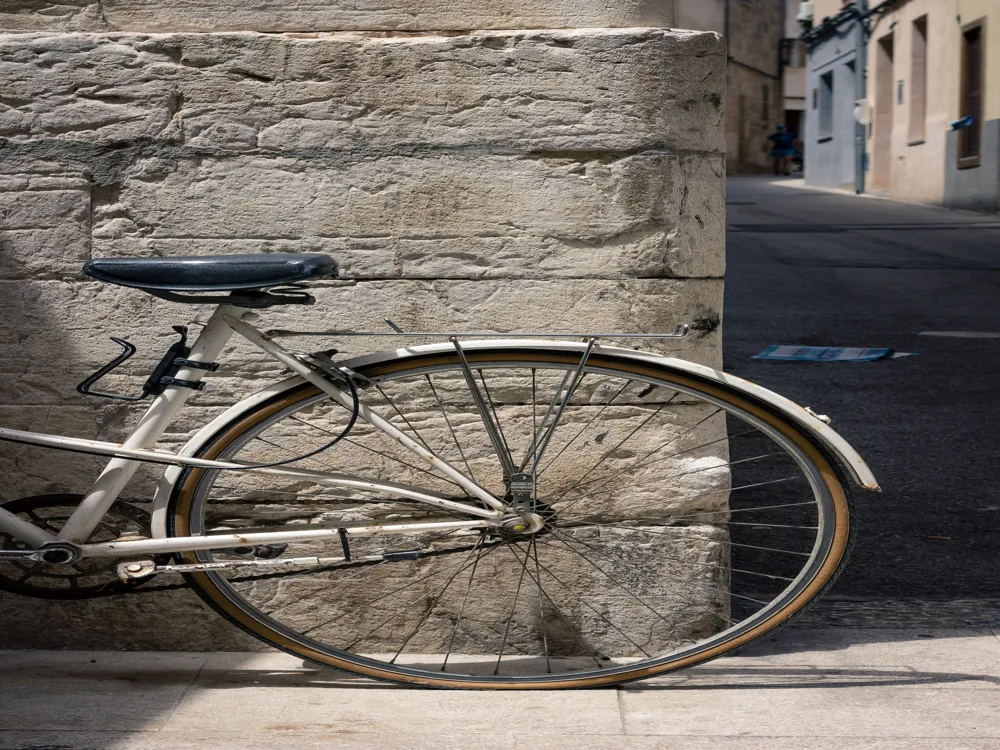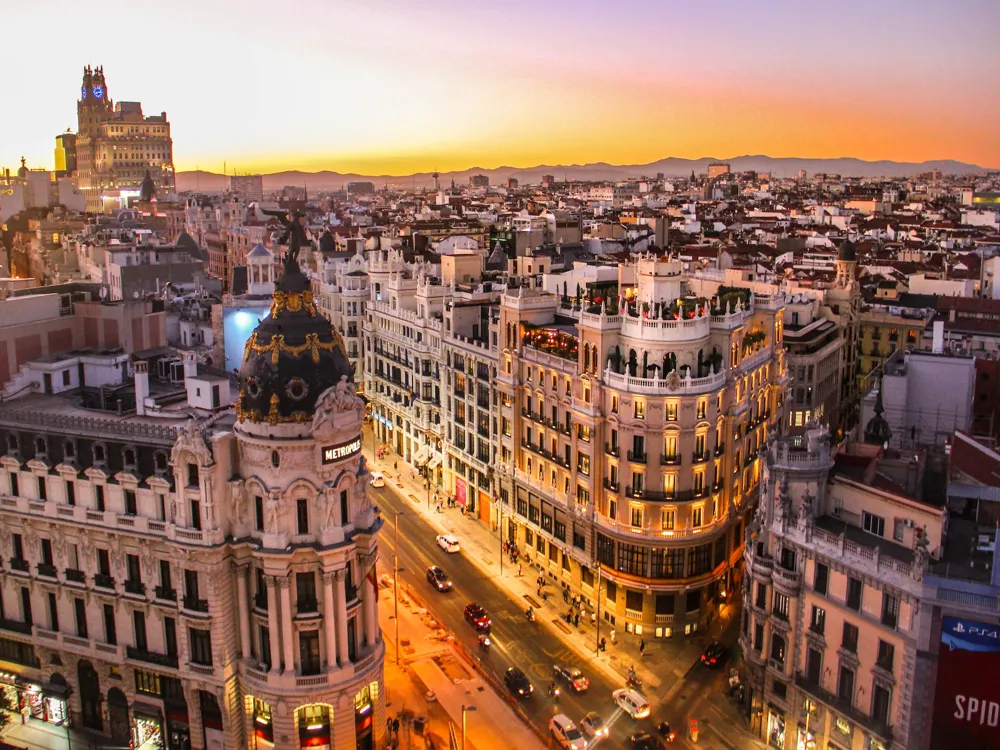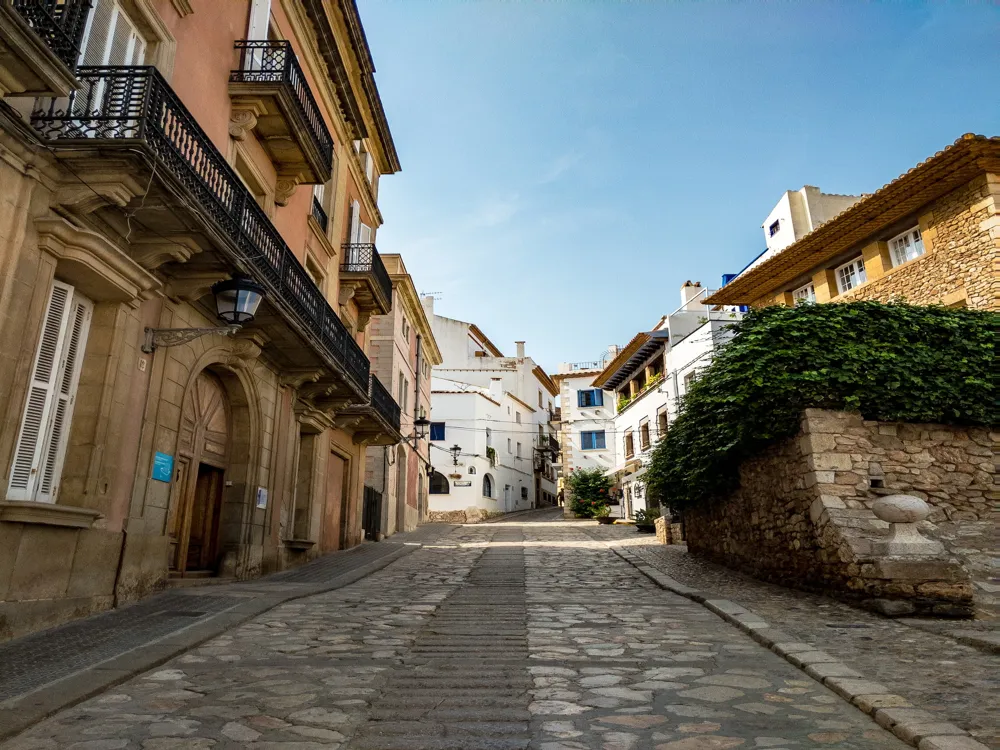Inca, a picturesque town located in the heart of Majorca, stands as a testament to the rich cultural and historical heritage of the Balearic Islands. Known for its vibrant history, Inca is the third largest town in Mallorca and is often celebrated for its unique blend of traditional Spanish charm and modern amenities. The town's history dates back to the pre-Talayotic period, with subsequent influences from the Romans, Moors, and the Spanish, each leaving an indelible mark on its cultural landscape. Inca is renowned for its bustling weekly markets, which have been a staple of local life since the Middle Ages. These markets showcase the town's deep-rooted tradition in leather craftsmanship, offering a wide array of handcrafted leather goods. The town is also famous for its wine and gastronomy, with numerous vineyards and traditional restaurants dotting its landscape, offering a taste of authentic Mallorcan cuisine. The town's architectural heritage is a vivid reflection of its diverse history. Visitors are greeted with a mix of Gothic and Baroque influences, evident in its churches, traditional Spanish townhouses, and public buildings. Inca's social and cultural calendar is packed with festivals and events throughout the year, most notably the 'Dijous Bo', a major fair that attracts visitors from all over the island. This blend of history, culture, and tradition makes Inca a must-visit destination for those exploring Mallorca. Inca's architectural landscape is a harmonious blend of Gothic and Baroque styles, reflective of its historical evolution. The town's churches, such as the imposing Santa Maria la Major Church, are prime examples of this. Built on the site of a former mosque, the church exhibits a Gothic façade with a stunning Baroque altar, embodying the religious and cultural transformations over the centuries. The streets of Inca are lined with traditional Spanish townhouses, many of which date back to the 17th and 18th centuries. These houses, with their characteristic wooden shutters, Juliet balconies, and ornate doorways, offer a glimpse into the everyday life of historic Inca. The fusion of Moorish and Spanish designs in these buildings highlights the multicultural influences that have shaped the town. The town's public buildings and plazas are central to its architectural identity. The Ajuntament (Town Hall), with its impressive façade and elegant clock tower, stands as a symbol of Inca's civic pride. The Plaça d'Espanya and Plaça del Bestiar, the main squares, are surrounded by buildings showcasing a mix of architectural styles and are popular gathering spots for both locals and tourists. Inca's legacy as a center for leather craftsmanship is also evident in its architecture. Former factories and warehouses, once bustling with leather production, have been repurposed into museums, shops, and cultural spaces, preserving the town's industrial heritage while adding a contemporary twist. The ideal time to visit Inca is during the spring (April to June) or fall (September to November). During these months, the weather is pleasant, and the town is less crowded, offering a more authentic experience. The Dijous Bo festival in November is a particularly special time to visit. Inca's weekly market, held every Thursday, is a must-visit. Arrive early to avoid the crowds and experience the best of local produce, crafts, and leather goods. Bargaining is common, so don't hesitate to negotiate prices with vendors. Inca offers a rich culinary experience. Be sure to try local specialties like ‘sobrassada’, a Balearic sausage, and ‘ensaïmadas’, a sweet pastry. Visiting traditional cellers, or wine cellars, is also recommended for an authentic dining experience. Respect for local customs and traditions is important. When visiting churches or religious sites, dress modestly. Learning a few phrases in Spanish or Catalan can greatly enhance your interactions with locals. Inca is well-connected and easily accessible from various parts of Mallorca. The most convenient way to reach Inca is by car or bus. The town is a 30-minute drive from Palma, with regular bus services available. For a unique experience, consider taking the historic train from Palma, which offers scenic views of the Mallorcan countryside. Read MoreOverview of Inca of Majorca
Architecture of Inca
Gothic and Baroque Influences
Traditional Spanish Townhouses
Public Buildings and Plazas
Leather Craftsmanship
Tips When Visiting Inca
Best Time to Visit
Exploring the Markets
Local Cuisine
Cultural Etiquette
How To Reach Inca
Majorca Tourism
Best Time to Visit Majorca
How to Reach Majorca
Things To Do Majorca
Inca
Majorca
NaN onwards
View majorca Packages
Majorca Travel Packages
View All Packages For Majorca
Top Hotel Collections for Majorca

Private Pool

Luxury Hotels

5-Star Hotels

Pet Friendly
Top Hotels Near Majorca
Other Top Ranking Places In Majorca
View All Places To Visit In majorca
View majorca Packages
Majorca Travel Packages
View All Packages For Majorca
Top Hotel Collections for Majorca

Private Pool

Luxury Hotels

5-Star Hotels

Pet Friendly







